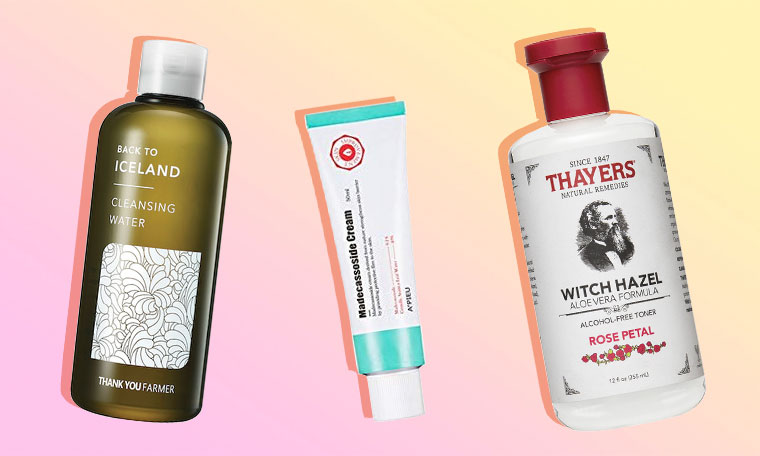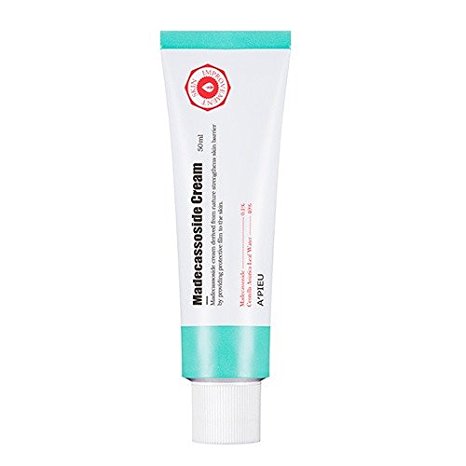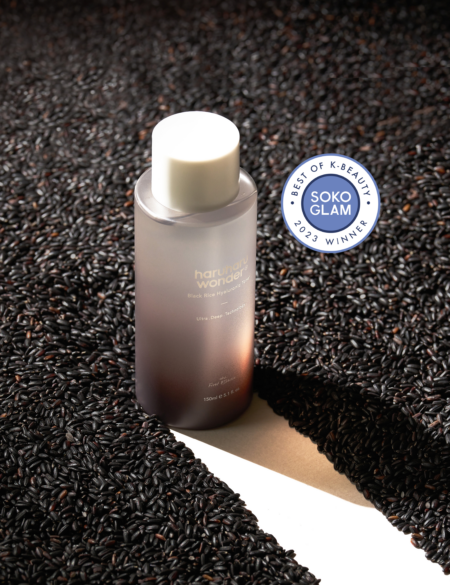There are many skin benefits of witch hazel, but it’s not for everyone. Here, we detail the skin types and concerns the ingredient is best suited for.
There are a handful of skin care ingredients that are beloved, without fuss, by most of the community. Hyaluronic acid, ceramides, and glycolic acid are all perfect examples. Other ingredients, however, are more divisive, and witch hazel is one of those ingredients.
“Witch hazel is a flowering plant found in North America and has been used for centuries as a topical skin treatment,” says Courtney O’Connor, the in-house holistic esthetician at Primally Pure. “It acts as an astringent when applied to the skin — [meaning it] tightens and tones — and has multiple beauty benefits. This is why you often see this ingredient in skin care products.”
So why do some people swear by it while others have sworn off it? Let’s break it down.
The Good
Witch hazel is often used in products that serve as the post-cleanser toning step in a skin care regimen. For those with oily or acne-prone skin, it’s often touted as a miracle worker.
“Witch hazel is typically used after cleansing to further detoxify skin, purify pores, and prep skin for moisture,” explains O’Connor. “It not only helps to tighten and tone the appearance of the skin, [as mentioned], but it also has medicinal properties to help reduce inflammation and soothe skin irritations.”
Further, she says that it can help minimize oil production, serve as a detox for clogged pores, and can even help restore balance.
One of our favorite products that puts witch hazel front and center is Thank You Farmer’s Back To Iceland Cleansing Water ($29), which features witch hazel and Icelandic moss (cetratia islandica) extract.
In addition to being used on your face, witch hazel can also be used on other parts of your body that may be prone to irritation. O’Connor recommends trying it after shaving to help nix ingrown hairs, or to apply it on small cuts and scrapes to help support healing while gently cleansing.
The (Potential) Bad
OK… so with all those wonderful qualities, you’re probably wondering why witch hazel sometimes gets a bad rap. The answer is actually pretty simple. At the end of the day, witch hazel is simply an ingredient that’s not suited for every skin type.
“Because witch hazel does act as an astringent and helps to purify and gently disinfect skin, drier and more mature skin types may not benefit as much from the use of pure witch hazel,” notes O’Connor.
Astringents can irritate and exacerbate dry skin and can cause an increase in oil production if overused by those with oily skin.
If that sounds like you, then a cult-favorite product like Thayer’s Witch Hazel Rose Petal Toner ($7), probably isn’t a good buy for you — even if it’s working well for countless others. (No doubt you’ve seen this product on your Insta or Pinterest feeds.)
That said, if you’ve ever experienced irritation at the hands of a witch hazel toner, the ingredient may not be solely to blame. Historically these types of products have also been known to contain a lot of alcohol which is not typically a friend to skin. Luckily alcohol-free formulas have become more readily available in recent years.
Those with dry or combination skin types who are wary of the ingredient may still benefit from formulations that include witch hazel in much smaller concentrations, however. O’Connor recommends products that feature witch hazel alongside soothing botanicals and hydrating humectants.
A wonderful example is the A’Pieu Madecassoside Cream ($15), which features calming centella asiatica (cica) and madecassoside along with niacinamide, panthenol, and witch hazel extract.
Bottom Line
While pure witch hazel may be one skin type’s saving grace, another may find it’s not for them or that their skin prefers a less potent formulation. For that reason, it’s important to be especially mindful of how your skin responds to different ingredients. It’s best not to force anything — or outright avoid anything — based on how, say, a friend’s skin reacts. Always patch test first and ease into the ingredient to prevent adverse reactions caused by overuse.
The real beauty of skin care, says O’Connor, is celebrating our differences and discovering a routine that works for each of our own unique needs. We can raise a toner — witch hazel or non-witch hazel — to that!
















